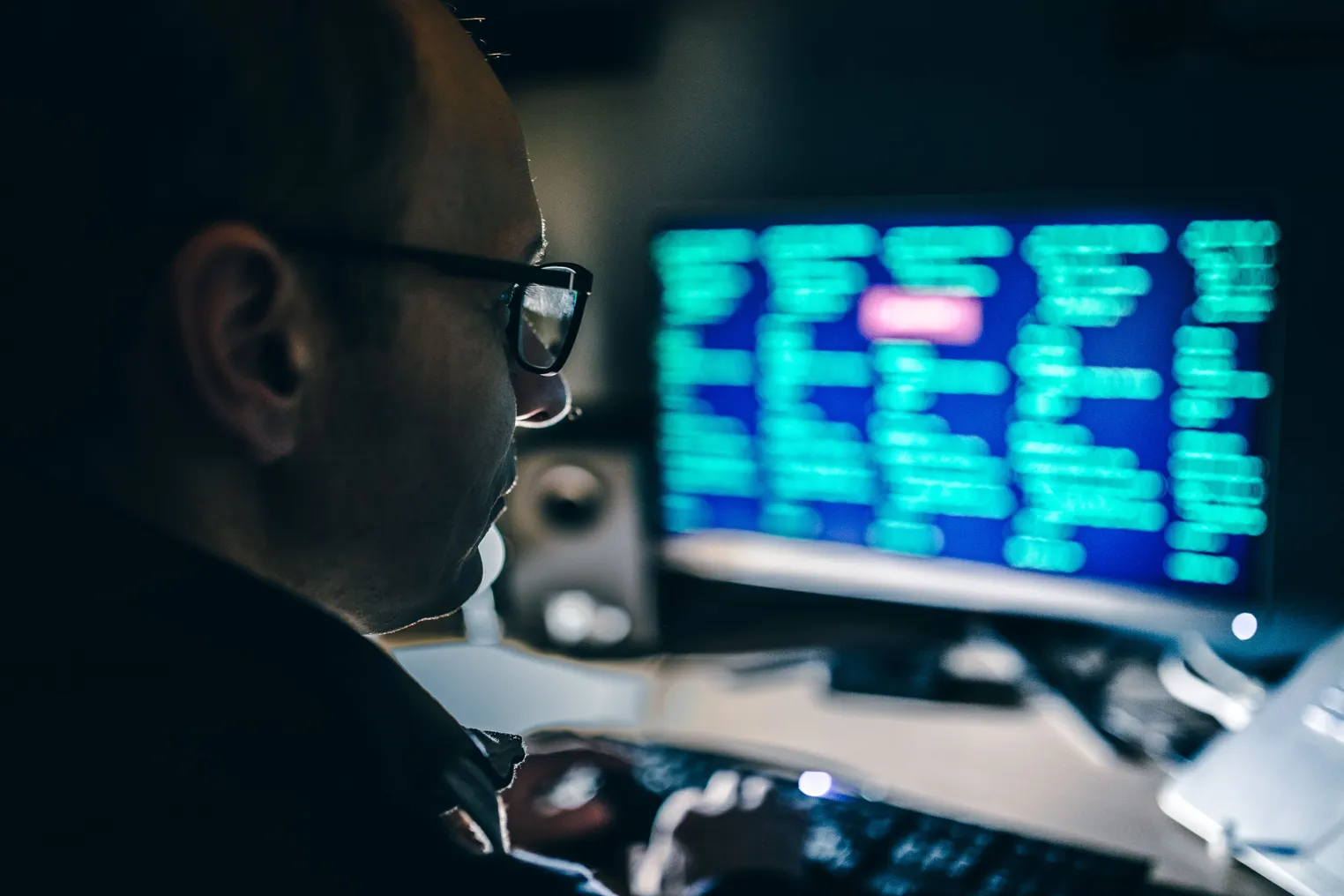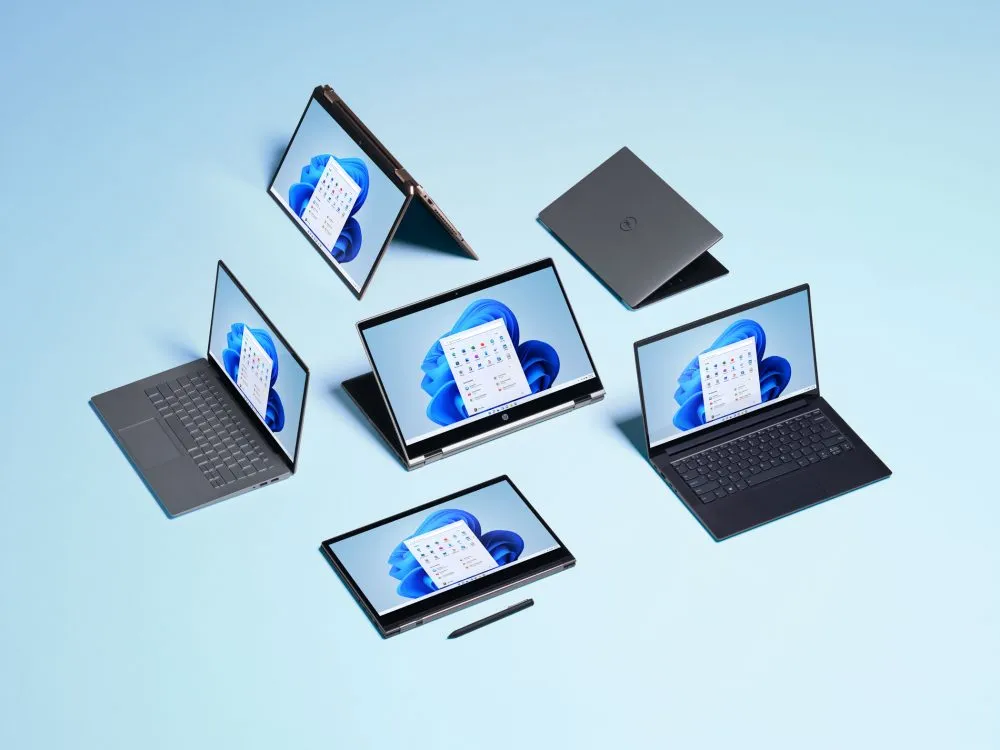
Overcoming the collaboration puzzle of hybrid work
Companies around the world are trying to find what their ideal operating model looks like in a hybrid work landscape. From tool use to meeting cadence and flex work schedules, leaders are experimenting to find how their companies and employees can best operate.
Since the pandemic began, and even before then, CIOs began to build business strategy duties into their roles, with companies looking to them as trusted allies who can accelerate growth through technology. This role was emphasized when hybrid work became the norm.
At Atlassian, innovating in the hybrid era requires ground-up collaboration across different parts of the organization, according to CIO Archana Rao.
"Open collaboration is a leadership strategy," said Rao, speaking Wednesday at Forbes CIO Next virtual event series. "It's really designed to optimize company performance by supporting collaboration across the enterprise. And we believe it only happens if you have engaged leaders, really good practices, and of course the right tools."
When leading innovation for an organization in the hybrid work era, flexibility is essential. Tools, processes and workflows must adapt to what works best for the company, and CIOs can assist with finding that sweet spot.
Saint-Gobain, a French multinational materials manufacturer, experimented with physical robots as a representation of employees who are unable to be present in a room. A screen in the front of the robot shows worker's faces.
"If you have two or three colleagues not participating, but you have 10 others in the room, it is very easy to just talk between the 10," said Ursula Soritsch-Renier, chief digital and information officer at Saint-Gobain. "With these avatars, you have a person next to you, that you can really actually point and refer to."
To thread together workers in a virtual space, Atlassian relies on its Confluence product for a virtual water cooler, Rao said. New workers post blogs.
"We really want to make sure newcomers feel connected to their peers, to their team, to the company, especially in a remote world," Rao said.
Whether it's robots or digital collaboration platforms, leaders need to address the disconnect that's brewing between workers in hybrid settings. Nearly seven in 10 hybrid workers said they "don't feel a very strong sense of connection" to their co-workers, according to a survey from Enboarder. Two-thirds of respondents also said they fear missing out on collaboration by not being physically in the office.
In-person collaboration still has a role in the hybrid era, according to Soritsch-Renier. "COVID[-19] brought us a good thing in that sense, because now it is a mixture," she said. "But sometimes these face to face connections, I still believe, are extremely important and are not really fully replaceable."










